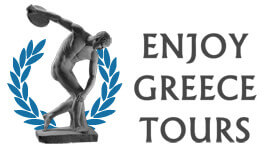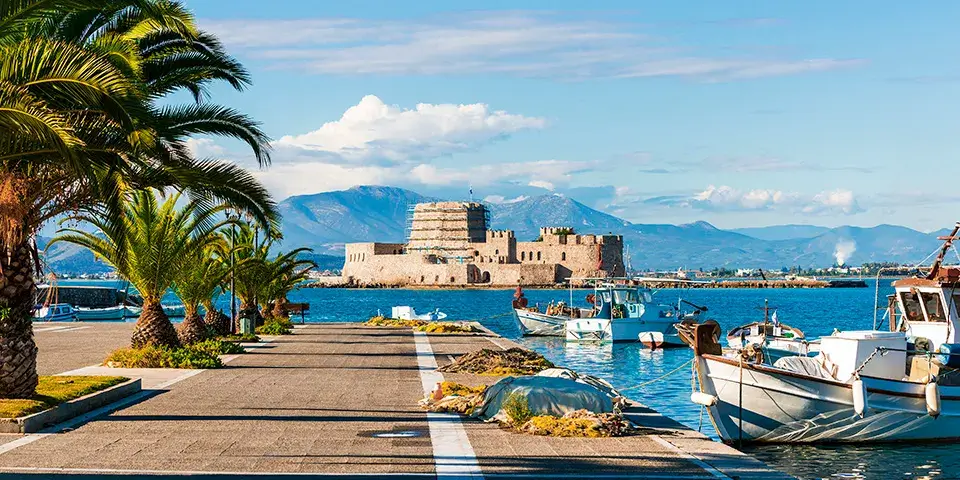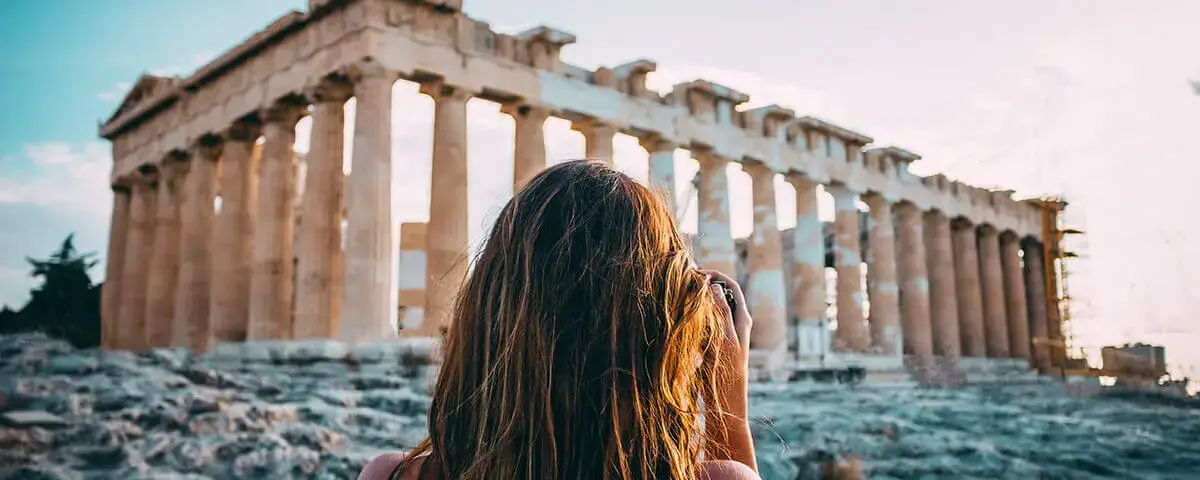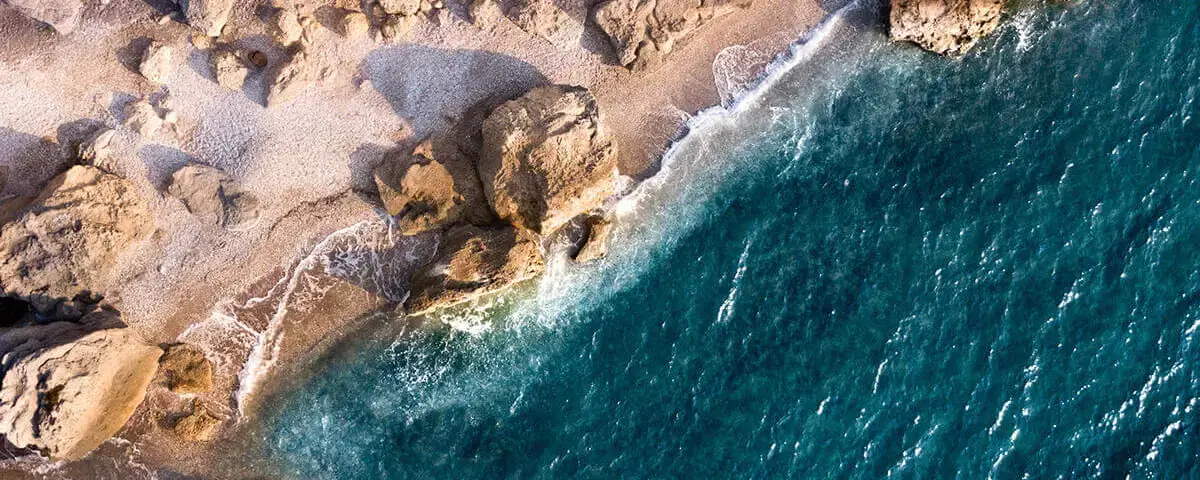Nafplio: First Modern Capital of Greece – What to Visit
After the 1821 revolution against the rule of the Ottoman Turks, Nafplio became the first modern capital of Greece. The city was named after one of the sons of the god of the sea, Poseidon, Nafplios, the navigator.
Legends and heroes
One of the heroes of legend who came from Nafplio was Palamidis who distinguished himself in the Trojan Wars. Allegedly, he invented a great many things including a system for measuring weights and measures. He is also credited with the invention of lighthouses and the very first Greek alphabet. He was also ‘Father of the Sophists.’ Sophists were paid teachers, although early Sophists were sages and teachers of wisdom.
The Palamidi
This impressive fortress sits high on a hill overlooking Nafplio town. It’s supposed to have 999 steps, and if you ever do the climb up to the Palamidi you will believe that, unless you count them and find that there are only 857 or thereabouts!
These days you can drive around the hill, park your car and take a leisurely stroll around the fortress. This building was completed in 1714 and the following year it was appropriated by the Turks, having been built by the Venetians.
The Peloponnesian general, Theodoros Kolokotronis, was imprisoned in the Palamides after he had secured Greece and ousted the Turks. His most famous act was to defeat the Ottoman army under the command of Mahmud Dramali in August 1822. Kolokotronis, despite being a war hero was imprisoned several times for various offences, including treason.
The Bourtzi
This Venetian fortress site in the sea was built in the 15th century by the Venetians, who named it Castello dello Soglio (Castle of the throne). It sits on the islet of St. Theodoroi and was constructed under the watchful eyes of the Italian engineer, Gabelo. There used to be a chain that connected the Bourtzi to Acronafplia (high Nafplio).
You can visit the Bourtzi by small boat when the sea is calm, and the weather is good. However, just looking at it and taking photos is enough for most people.
The Arvanitia Promenade
At one time, the promenade was a bustling fish market, oozing character and cats. Now it has a small play area for children and palm trees.
The promenade ends at the Arvanitia beach (the city’s main beach), but there are steps to other beach areas as you walk along it.
The town of Nafplio
Naufplio town is full of Neo-Classical buildings, some a little down-at-heel, but still picturesque and reminders of its former splendour. The back streets are a delight to wander down, as you never quite know what you will discover in the shops that sell handicrafts, antiques and souvenirs. There’s even a komboloi (worry beads) museum.
There are many tavernas where you can choose to eat fish, meat of have vegetarian dishes. Ask Kostas to recommend one.
Ancient Tiryns
Ancient Tiryns, along with Mycenae, in Argolis, was a very important city during the period 1300 BC to 1200 BC, when it suffered earthquake damage. However, there is evidence that it was settled in 3000 BC. People continued to live there until it was destroyed by Argos at some time around 470 BC.
Tiryns is not visited very much, although that could be because until recently excavations were underway so much of the site was cordoned off to the public.
It is only about 4 kilometres from Nafplio. You can easily see it and its walls from the road, even if you decide not to stop there. Its Cyclopian walls are amazing and one wonders how the ancient stone workers managed to fit the huge stones together without using any kind of mortar.
The city of Tiryns is linked to the legend of Hercules and his labours. They began here with the king, Eurystheus, keeping him busy on his labours for twelve years.
Tyiyns and nearby Mycenae (20 kilometres away), are both UNESCO World Heritage Sites.
Ancient Asini, Kastraki
Asini was famous in Mycenaean times because it was the port of Mycenae. It’s 10 kilometres away from Nafplio. Unfortunately, the port town was attacked by the Argious who plundered it and laid it to waste. Virtually the only building they left was the temple of Apollo Pythaea. The inhabitants abandoned their homes and relocated to Messina.
Kastraki, or the citadel of Asini , was inhabited from the 5th millennium BC until around 600AD. Homer first mentioned it in 560 BC. He said that the people of Argolis from Argos, Tiryns, Epidaurus and other cities in the region, took 80 ships to help win the Trojan War.
Archaeological finds from this site are on display in the museum at Nafplio.
You really should visit the Metamorphosis Sotiros church which dates back to the 1500s. Take a torch or flashlight so that you can see the beautiful frescoes.
There’s also a church dedicated to Profiti Ilias, (prophet of the sun). There are many churches and trails bearing this name in the Peloponnese.
You won’t regret visiting Nafplio. You may even want to return and spend longer there. Talk with Kostas!





